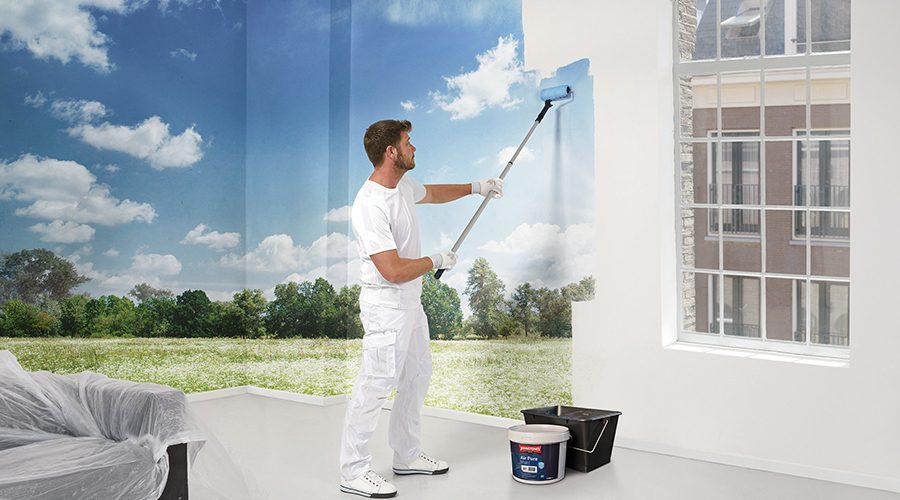As research into the impact of indoor air pollution continues, reducing Volatile Organic Compounds (VOCs) is fast becoming a top priority for building designers. Tony Walker, Technical Specification Controller at PPG Architectural Coatings, explains the effect of VOCs and what this means for product specification.
Johnstones Trade
The wellbeing of occupants is vital when it comes to 21st-century building design. We now spend about 90% of our time indoors, where the air quality can be up to 10 times more polluted than the air outside. In light of this, it’s becoming ever more pertinent for architects and designers to provide safer environments by minimising the presence of VOCs.
As awareness of the issue has grown, environmental bodies such as BREEAM, LEED and the WELL Building Institute have made indoor air quality a principal component of their rating systems. For instance, the BREEAM New Construction manual considers an Indoor Air Quality Plan a pre-requisite that must be completed at RIBA Stage 2. As a result, developers are now making a concerted effort to specify not only materials that are low in VOCs themselves – such as untreated wood – but also those that actively help to reduce VOCs in the surrounding environment. For example, you can now get carpet tiles that capture particles from the air above.
With the noise around indoor air quality only expected to grow as research uncovers more unsavoury truths about what lurks in the air around us – especially with it beginning to attract the attention of the Government – it’s never been more important for designers to put low-VOC and VOC-reducing solutions at the top of their agenda.






